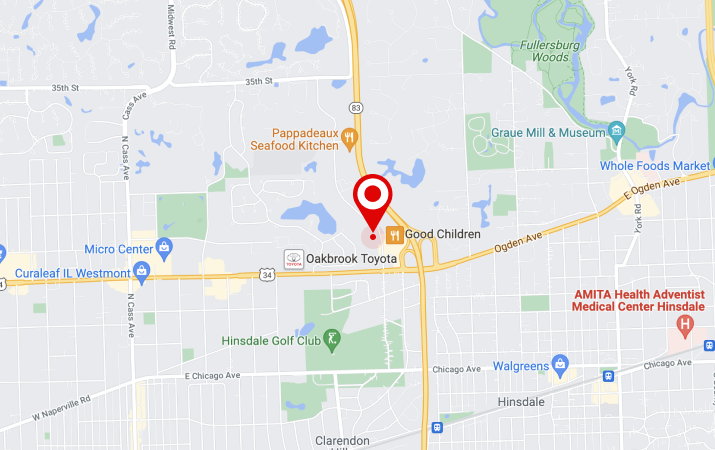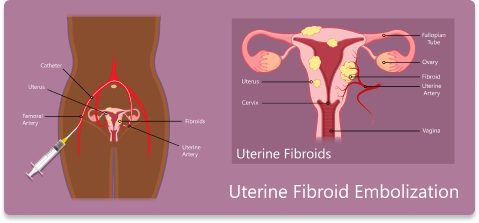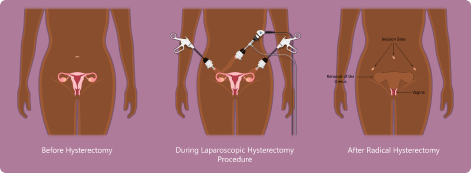MAKRISMD SPECIALIZES IN THE TREATMENT OF UTERINE FIBROIDS
We offer a proven minimally invasive procedure, uterine fibroid embolization (UFE), as an alternative to surgical procedures, such as hysterectomy, for the treatment of uterine fibroids. UFE is very safe and, like other minimally invasive procedures, has significant advantages over conventional open surgery. Uterine fibroid embolization (UFE) safely and effectively shrinks fibroids by blocking the blood flow to the fibroids. For women with mild to severe symptoms, UFE is a possible option in place of surgery for the treatment of fibroids.

Virtual Consultations
Request a consultation with one of our three physicians today to learn more about Uterine Fibroid Embolization and whether it is the right solution for you, all from the comfort of your own home.

Servicing Chicagoland
Located in Westmont, IL, MakrisMD Vascular Center are focused on providing exceptional patient care through clinical excellence and outstanding service.

Procedure Day Transportation
We care about the comfort and well-being of our patients. If a patient is unable to coordinate their own travel to and from our offices on the day of their procedure, our staff can attempt to do so for them.

Highly Trained Professionals
Our three physicians are highly skilled specialists in Vascular & Interventional Radiology with over 30 years combined experience

Request an Expert Consultation
Book a virtual consultation or call us at 877-4FIBROIDS
MakrisMD Specializes in UFE Treatment
"*" indicates required fields

Virtual Consultations
Request a consultation with one of our three physicians today to learn more about Uterine Fibroid Embolization and whether it is the right solution for you, all from the comfort of your own home.

Servicing Chicagoland
Located in Westmont, IL, MakrisMD Vascular Center are focused on providing exceptional patient care through clinical excellence and outstanding service.

Procedure Day Transportation
We care about the comfort and well-being of our patients. If a patient is unable to coordinate their own travel to and from our offices on the day of their procedure, our staff can attempt to do so for them.

Highly Trained Professionals
Our three physicians are highly skilled specialists in Vascular & Interventional Radiology with over 30 years combined experience










